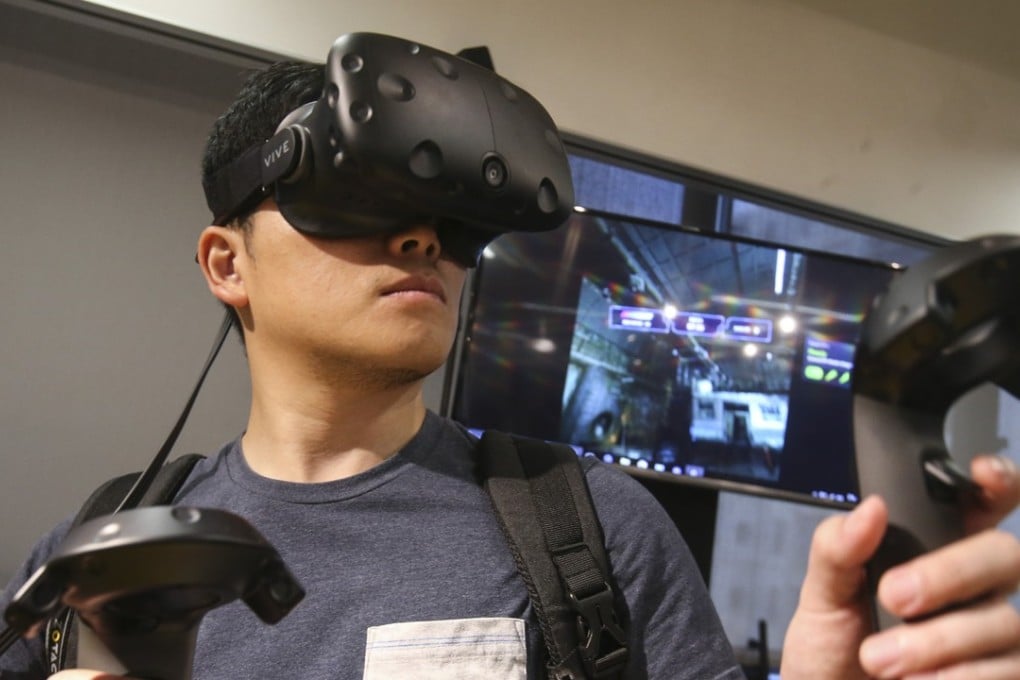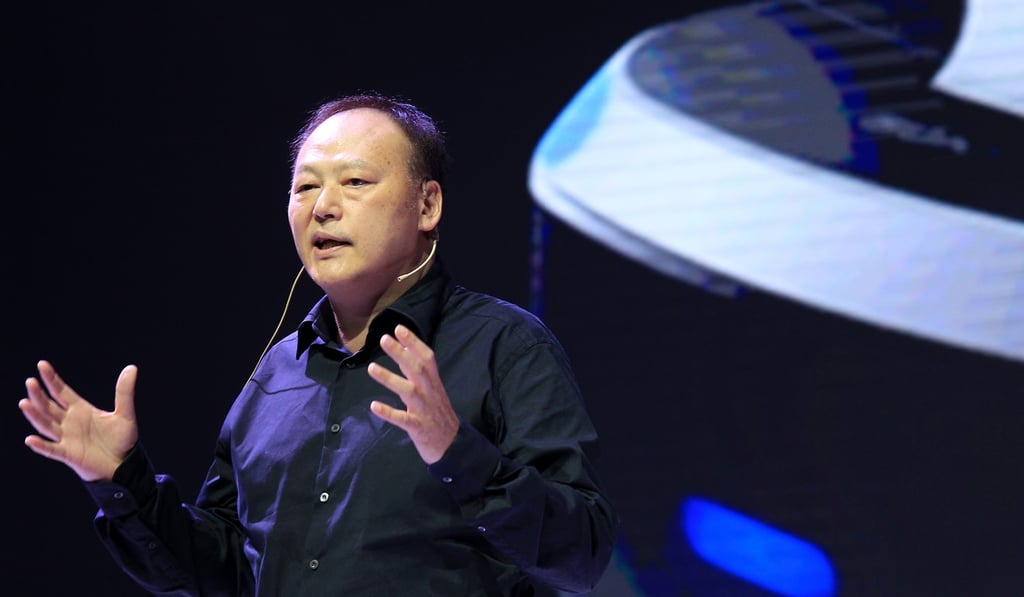Digital Domain, Qualcomm partner in virtual reality push
The international alliance forms part of visual effects titan Digital Domain’s preparations to deliver new content for upcoming 5G mobile services

Digital Domain Holdings, which runs the world’s largest independent visual effects studio, is aiming to ramp up its push into virtual reality through a partnership with mobile chip giant Qualcomm.
It marks the company’s latest international collaboration after it teamed up last month with German telecommunications services provider Deutsche Telekom on a virtual reality mobile application.
“We are creating a new ecosystem for virtual reality,” Digital Domain chairman Peter Chou told the South China Morning Post on Wednesday.
Chou, who cofounded the Taiwanese smartphone maker HTC, said the new alliances formed part of Digital Domain’s preparations for the global roll-out of 5G mobile services in the next few years. He foresees a growing demand for virtual reality content enabled by the new mobile system.

5G represents the latest advance in mobile communications, in which networks will adapt to applications, according to trade body the GSM Association.
It is estimated that the next-generation mobile system will support: a million connected devices per square kilometre; 1 millisecond latency, or the amount of time a packet of data takes to get from one point to another; higher energy and spectral efficiency; and a peak data download rate of up to 20 gigabits per second.